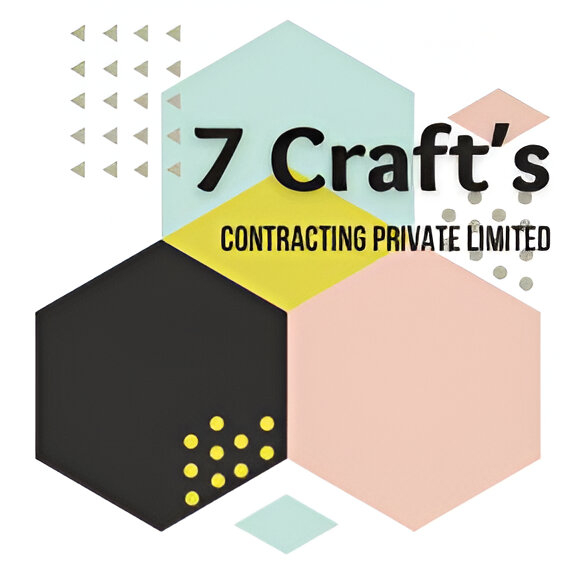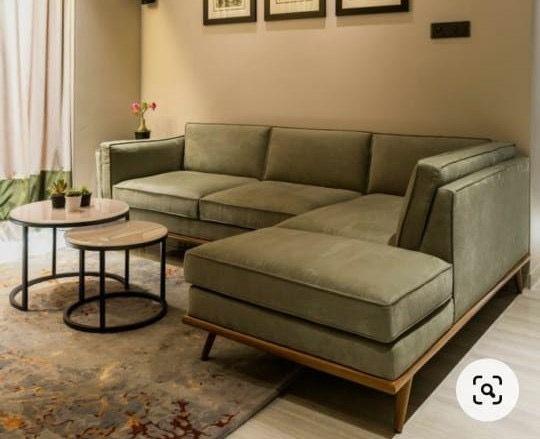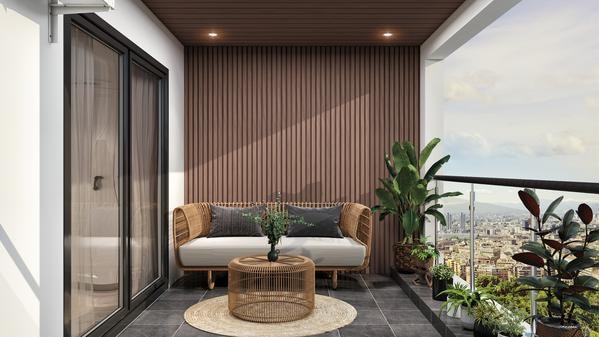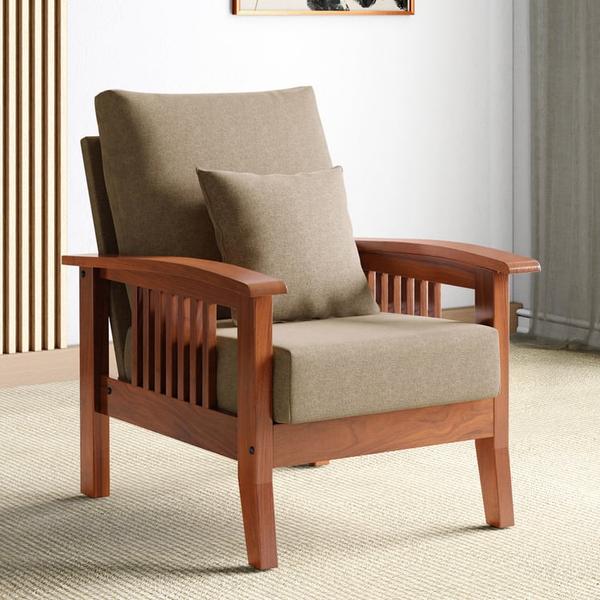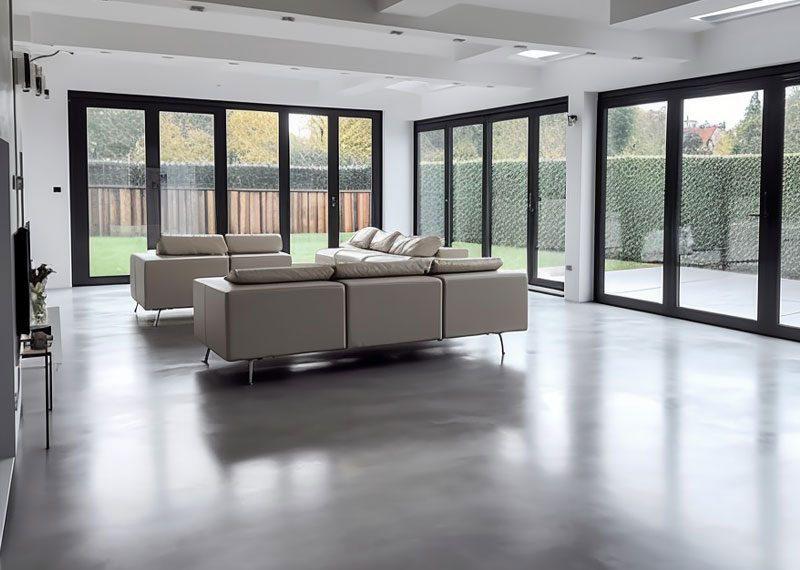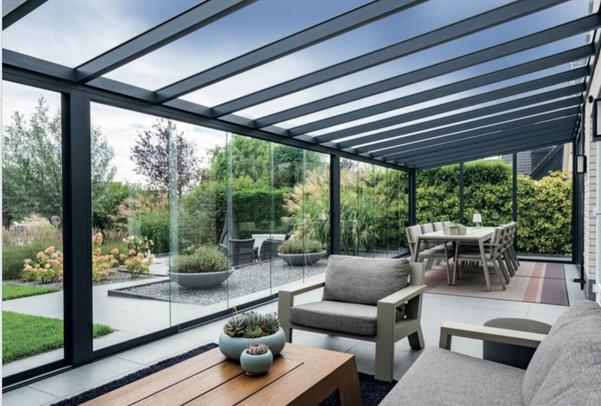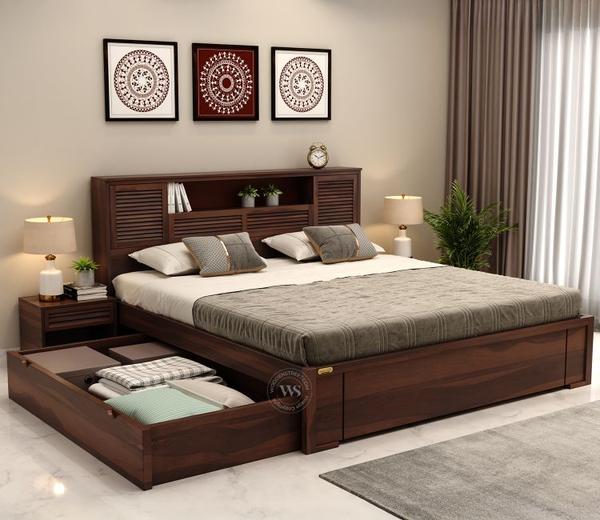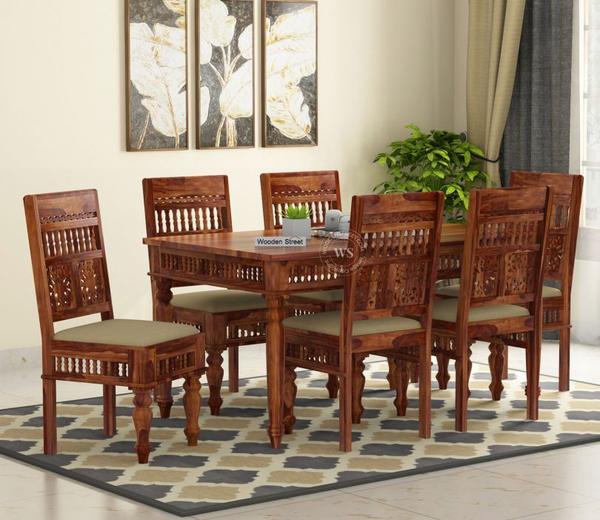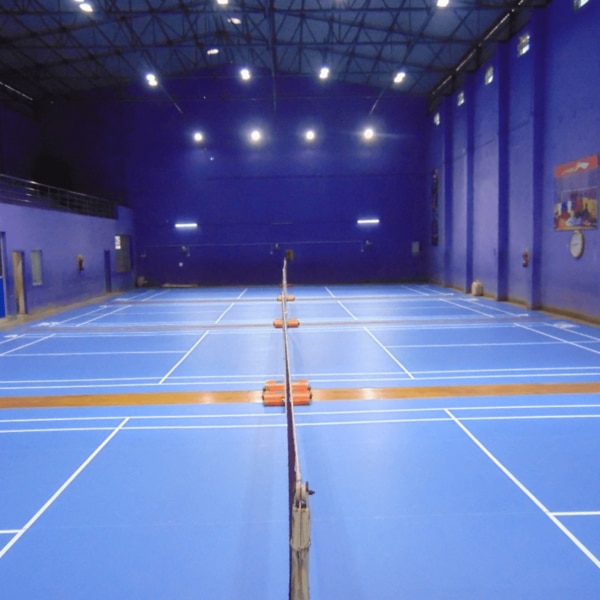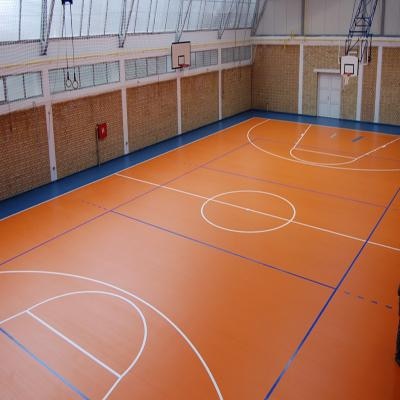Customized sofas offer personalized furniture solutions where you can tailor dimensions, designs, and materials to your specific needs and preferences. This allows for a perfect fit in any space, from small apartments to large homes, and the ability to create a sofa that truly reflects your style. Benefits of Customized Sofas: Perfect Fit: Tailor the dimensions to perfectly fit your space, avoiding awkward gaps or overcrowding. Unique Style: Choose from a wide range of fabrics, colors, and designs to match your decor and personal taste. Enhanced Comfort: Customize the cushioning, support, and even the overall feel of the sofa to your liking. Functionality: Opt for modular designs that can be reconfigured or customized with features like storage or sleeper mechanisms. Quality Materials: Many manufacturers offer high-quality materials like solid wood frames and durable fabrics for long-lasting furniture. Where to Find Customized Sofas: Online Retailers: Websites like Urban den and Homecentre offer customization options for sofas and other furniture. Local Furniture Stores: Many local stores in Coimbatore, like those listed on Justdial, offer customized sofa options. Specialized Manufacturers: Companies like Antaryaa Homes and Maark specialize in creating custom-made sofas. Tips for Customizing Your Sofa: Measure Your Space: Accurately measure the area where the sofa will be placed to ensure a proper fit. Consider Your Needs: Think about the functionality you need from the sofa, such as seating capacity, comfort features, and potential storage. Choose Your Materials: Select fabrics, colors, and wood finishes that complement your existing decor and personal style. Work with Professionals: Consult with furniture designers or manufacturers to discuss your vision and get expert advice on materials and design.
Send Message